Blackheads are a common skin concern that affect individuals of all ages. These small, dark spots often appear on the face, particularly around the nose, chin, and forehead. While blackheads may seem like a minor nuisance, many people feel frustrated by their presence and are tempted to extract them in any way possible. However, removing blackheads incorrectly can lead to skin damage, inflammation, and even scarring. In this comprehensive guide, we will explore everything you need to know about blackheads, why popping them is a bad idea, and how to safely and effectively remove them to achieve clearer, healthier skin.
What Are Blackheads?
Before diving into the proper methods for blackhead removal, it’s important to understand what blackheads actually are. Blackheads, also known as open comedones, are a type of acne that forms when hair follicles become clogged with excess oil, dead skin cells, and dirt. Unlike whiteheads, which are closed comedones, blackheads occur when the pore remains open, allowing the trapped debris to oxidize when exposed to air. This oxidation causes the clogged material to turn dark, resulting in the characteristic black appearance.
Blackheads are most commonly found on the face, especially the nose, forehead, and chin, but they can also appear on other areas of the body, such as the back, chest, and shoulders.
Why Do Blackheads Form?
The formation of blackheads is a result of a combination of factors that contribute to clogged pores:
- Excess Sebum Production: The sebaceous glands in your skin produce an oily substance called sebum, which helps lubricate and protect the skin. However, overproduction of sebum can lead to clogged pores.
- Dead Skin Cells: Skin cells naturally shed over time. When they don’t exfoliate properly, they can build up inside hair follicles and mix with sebum, leading to clogged pores.
- Hormonal Fluctuations: Hormones, particularly during puberty, menstruation, pregnancy, and stress, can increase sebum production, making blackhead formation more likely.
- Bacterial Growth: While blackheads themselves aren’t caused by bacteria, they can sometimes develop into inflamed pimples if bacteria become trapped in the clogged pore.
- Environmental Factors: Pollution, smoking, and exposure to harsh chemicals can contribute to clogged pores and blackhead formation.
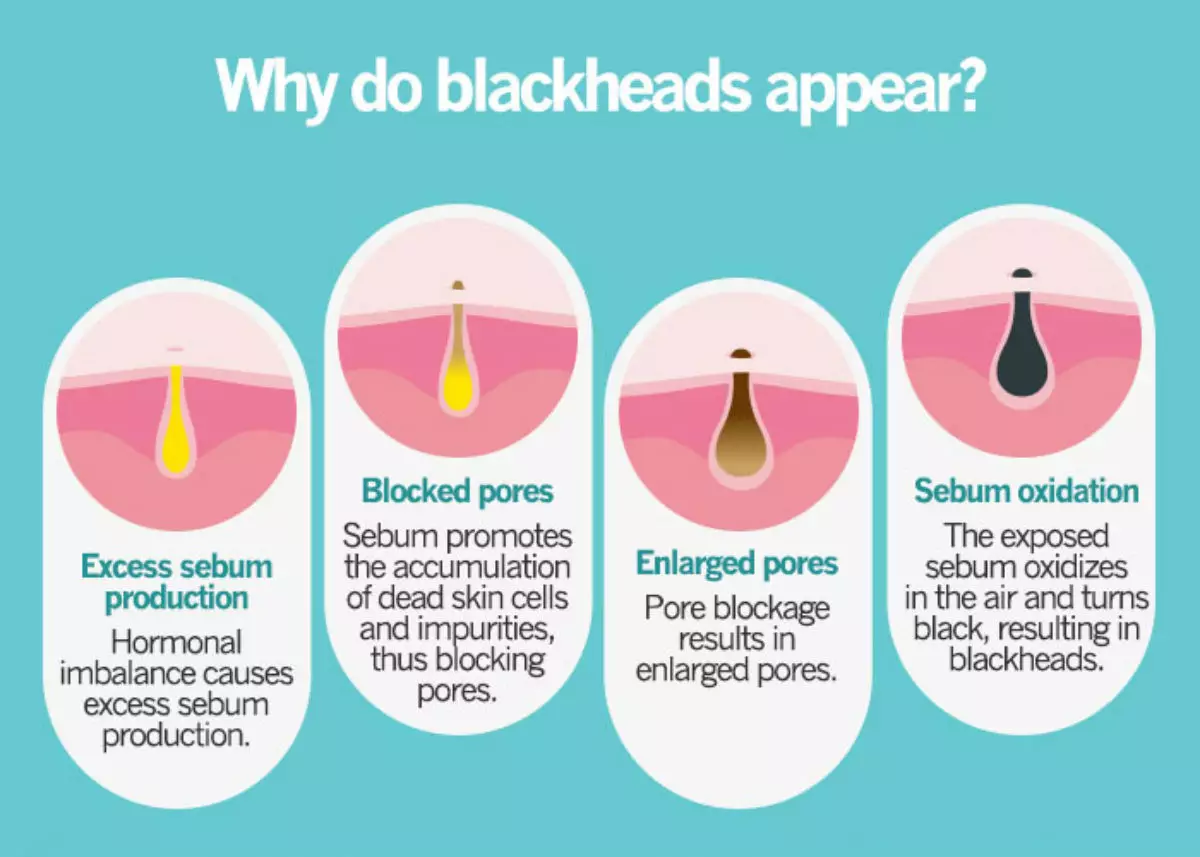
The Temptation to Pop Blackheads
It’s hard not to want to pop a blackhead when you see one on your skin. Many people find themselves reaching for their fingers, tweezers, or other tools in an attempt to extract the stubborn blackhead. While this may seem like a quick solution, popping blackheads can actually cause more harm than good.
Why Popping Blackheads Is a Bad Idea
- Risk of Infection: Your fingers and tools may introduce bacteria and dirt into the skin, increasing the risk of infection. Even if you wash your hands and sanitize your tools, there’s still the potential for harmful bacteria to get into the pores, leading to an outbreak of pimples or even cystic acne.
- Skin Damage: Popping blackheads improperly can damage the skin and cause inflammation. Pressing too hard or squeezing too aggressively can break the skin, leading to scarring or hyperpigmentation.
- Increased Inflammation: When you attempt to pop a blackhead, you may inadvertently push debris deeper into the skin, making the clog worse. This can trigger inflammation and lead to more painful breakouts.
- Scarring and Post-Inflammatory Hyperpigmentation (PIH): Even if you manage to remove the blackhead successfully, the trauma caused by squeezing or popping can result in scarring or dark spots that can take weeks or even months to fade.
- The Return of Blackheads: Popping blackheads does not address the root cause of the problem. The excessive oil, dead skin cells, and debris that contribute to blackhead formation will likely cause new blackheads to form soon after. You may find yourself dealing with the same issue repeatedly if you rely on popping as a solution.
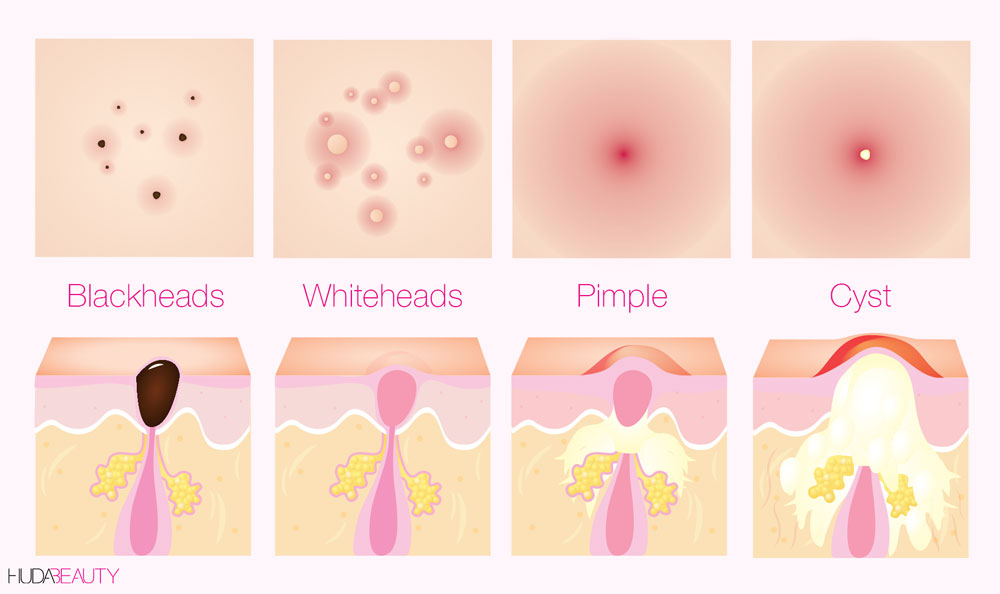
The Right Way to Remove Blackheads
Instead of resorting to squeezing or popping your blackheads, it’s important to focus on safe, effective ways to clear your pores and prevent new blackheads from forming. Here are several methods you can use to remove blackheads without causing harm to your skin.
1. Exfoliate Regularly
Exfoliation is key to preventing clogged pores. By removing the buildup of dead skin cells, you help keep your pores clean and clear. There are two main types of exfoliants you can use: physical and chemical.
- Physical Exfoliants: These include scrubs and brushes that manually slough off dead skin. Be cautious when using physical exfoliants, as they can be abrasive and may cause microtears in the skin if used too aggressively.
- Chemical Exfoliants: These are acids like alpha hydroxy acids (AHAs) and beta hydroxy acids (BHAs) that work to dissolve the bonds between dead skin cells, allowing them to shed more easily. Salicylic acid (a type of BHA) is particularly effective for treating blackheads because it penetrates deep into the pores and helps break down the oils that can clog them.
2. Use a Blackhead Removal Mask
Clay masks, particularly those containing activated charcoal or bentonite clay, can be effective at drawing impurities out of your pores. These masks work by absorbing excess oil and pulling debris from the skin. They also help to reduce inflammation, making them ideal for blackhead-prone skin.
- Charcoal Masks: Activated charcoal has a porous texture that acts like a magnet to attract and remove impurities from the skin.
- Clay Masks: Bentonite and kaolin clay masks are popular for absorbing excess oil and tightening the pores. They also provide gentle exfoliation.

3. Consider a Retinoid
Retinoids, derived from vitamin A, are a powerful ingredient in treating a variety of skin concerns, including blackheads. Retinoids help to increase cell turnover, preventing the buildup of dead skin cells that can clog pores. They also reduce sebum production, making the skin less oily and less prone to blackheads.
- Over-the-Counter Retinoids: Products like adapalene gel are available without a prescription and can help keep your pores clear.
- Prescription Retinoids: For more severe cases, a dermatologist may recommend prescription-strength retinoids, such as tretinoin, which can offer faster and more noticeable results.
4. Use Non-Comedogenic Products
When choosing skincare products, it’s essential to opt for formulas that are non-comedogenic, meaning they are designed not to clog pores. Many lotions, creams, and makeup products contain oils or heavy ingredients that can worsen blackheads. By switching to non-comedogenic products, you can help reduce the likelihood of developing new blackheads.
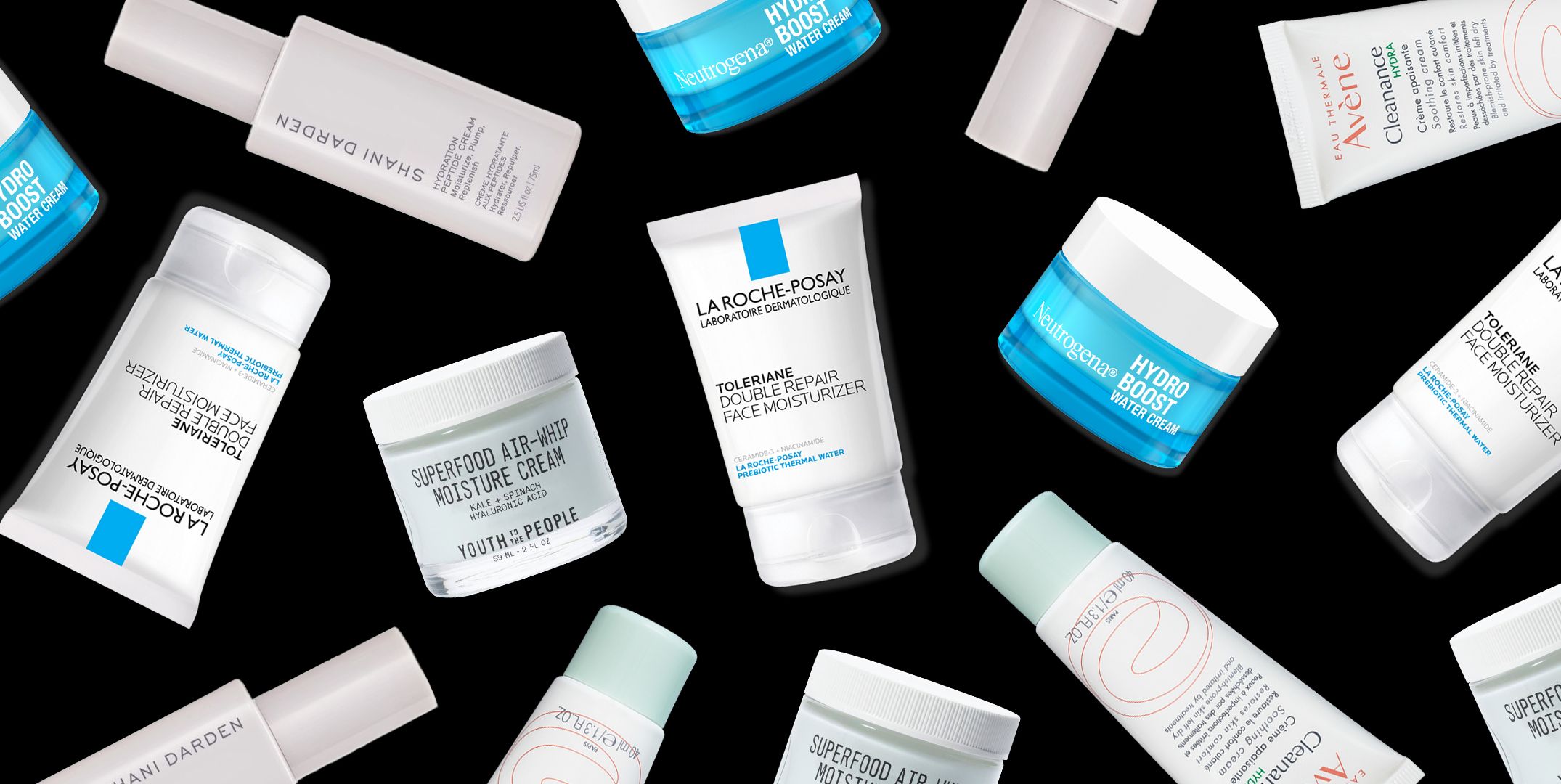
5. Salicylic Acid Treatments
Salicylic acid is a powerful acne-fighting ingredient that can help clear out blackheads. It is a BHA (beta hydroxy acid) that penetrates deep into the pores to dissolve the oils and debris that cause blockages. Salicylic acid treatments come in a variety of forms, including cleansers, toners, and spot treatments, and can be used as part of your daily skincare routine.
6. Steaming Your Face
Steaming can help open up your pores, making it easier to remove blackheads. While it’s important not to rely on steam alone to clear your skin, it can be a helpful addition to your routine.
- How to Steam: Boil water and pour it into a bowl. Place your face over the bowl (at a safe distance to avoid burns), and drape a towel over your head to trap the steam. Steam for about 5-10 minutes before gently patting your skin dry. After steaming, use a gentle exfoliator or a blackhead removal mask for best results.
7. Visit a Dermatologist for Professional Extraction
If you have stubborn blackheads that won’t clear with over-the-counter treatments, it might be time to visit a dermatologist. A dermatologist can perform professional extractions, which are done in a controlled environment to minimize the risk of infection, scarring, or other skin issues.
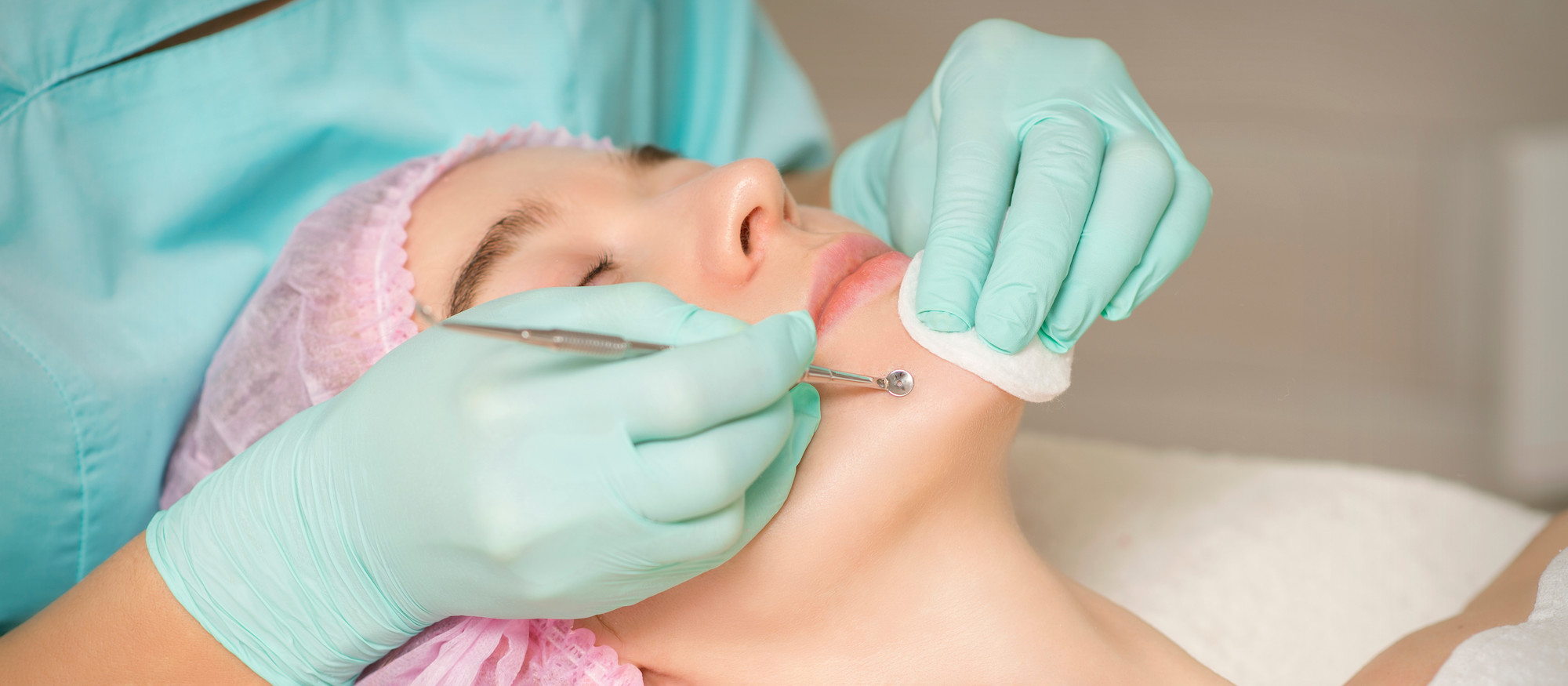
8. Maintain a Consistent Skincare Routine
One of the most effective ways to prevent blackheads is to maintain a consistent skincare routine. This routine should focus on cleansing, exfoliating, and moisturizing the skin to keep it balanced and clear. Be sure to follow your routine daily, as neglecting it can lead to clogged pores and the formation of blackheads.
Conclusion: Say No to Popping Blackheads
While the temptation to pop blackheads is understandable, it’s important to resist the urge and instead focus on safer, more effective methods of treatment. By exfoliating regularly, using the right skincare products, and avoiding harsh extractions, you can keep your skin clear, healthy, and blackhead-free. With time, patience, and the right care, you’ll be able to enjoy smoother, clearer skin without the risk of scarring or inflammation caused by improper blackhead removal.
Remember, consistency is key to preventing blackheads and achieving healthy, glowing skin. Stick to a well-rounded skincare routine, and don’t be afraid to seek professional help if needed. With the right approach, you can confidently say goodbye to blackheads for good.
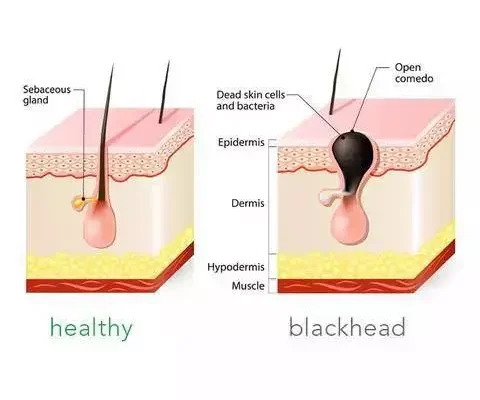
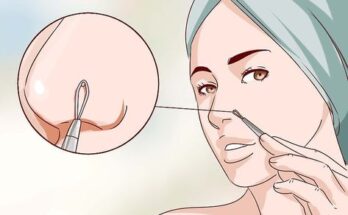
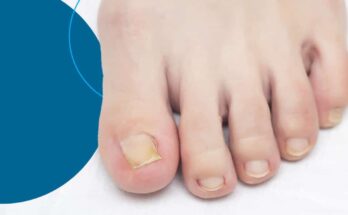
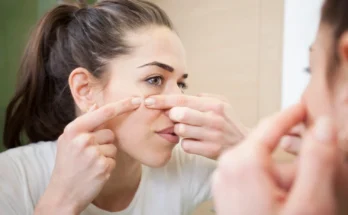
One Comment on “What You Should Know About Removing Blackheads: The Right Way to Treat Them”